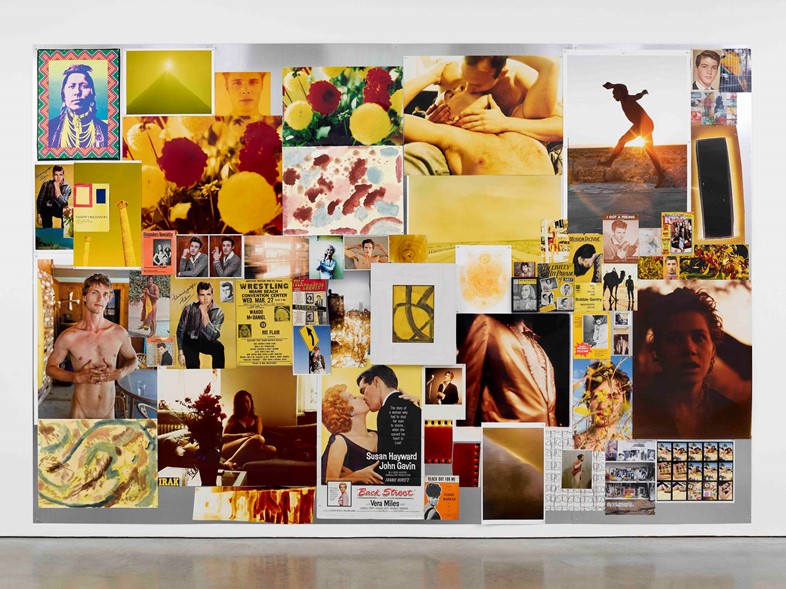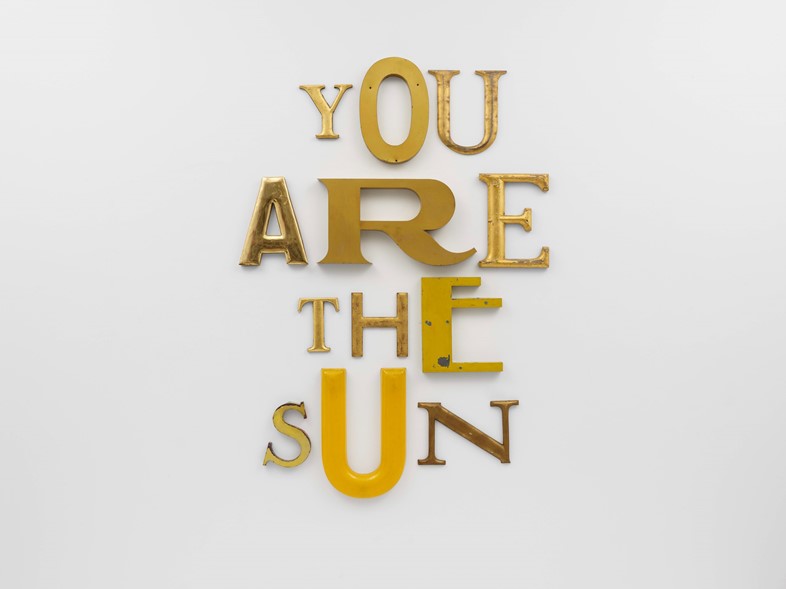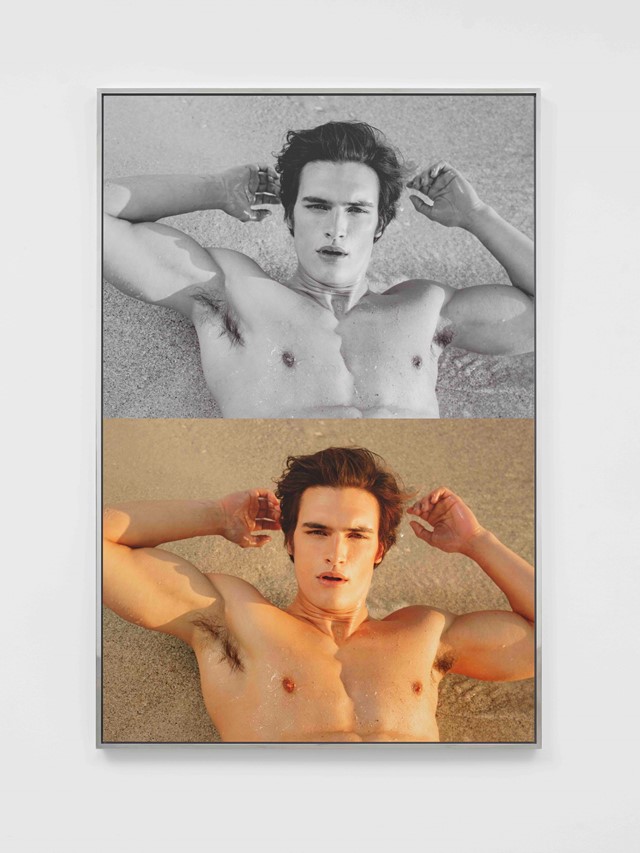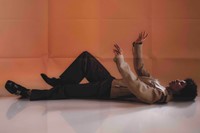As his new solo exhibition opens in London, Jack Pierson talks about his enduring obsession with photography, and why it is an inherently queer medium
“I think photography has always been the queer medium; of all the modes of expression, photography is the gay one,” Jack Pierson – who shot Mike Faist for the cover of Another Man –tells me on the phone from Lisson Gallery, which is now showing his first solo exhibition in London in over 20 years. “It’s not painting, a heterosexual medium that, for the long run of history, has been a competition for legacy,” he continues. “Photography is the one that will fade, get ripped up, and be thrown out because it was just a photograph.”
All of that would begin to change with the arrival of the New Color Movement, headed by photographers like Stephen Shore, Joel Sternfeld, and Joel Meyerowitz, who crafted large format works that revelled in their painterly mastery of the medium. “At that time, the only way you could make photography seem like ‘this is art’ was to show how hard it was to get it technically perfect,” Pierson says. “That was the way to show it wasn’t as simple as taking a snapshot.”
But there was another way, one that would emerge at the same time in the groundbreaking work of the Boston School, a group of young art students including Pierson, Nan Goldin, Philip-Lorca diCorcia, Tabboo!, Gail Thacker, and David Armstrong. Embracing the DIY ethos of punk, they rejected the stringent formalism of the times in favour of a visceral sense of intimacy, turning the camera on themselves, their friends, and lives.
“We came back and said, it can be a snapshot. It doesn’t have to be precise, it doesn’t have to follow any rules, or be like a painting. Let’s focus on bringing out the essential photographic qualities of this image,” says Pierson, who drew inspiration from the work of Mark Morrisroe, AKA Mark Dirt, Boston’s first punk. “Mark was into different materials, different methods,” Pierson continues. “He created Dirt, which was another way to insert yourself into the culture as a magazine could be cheaply printed and easily distributed. At the same time, he was really into craft, making photographs that were beautifully hand-made, compared to most of the photography that was being produced at the time, and how the medium was being taught.”

Seeing the print become an object in its own right, Pierson’s understanding of photography naturally began to expand. He remembers, “All of a sudden, focus didn't feel as important. Printing could be overexposed or underexposed. The point was to get an image that really sang, as opposed to an image that met the criteria.”
Pierson, who had arrived at MassArt to study graphic design, began working as a producer and editor in the performance department – a talent he would later draw upon for the ongoing periodical, Tomorrow’s Man. Readily adopting a multidisciplinary approach, he made posters for student shows and hit the streets of Boston, doing street art long before it had a name. “I was putting posters up all over town and having multiples with my name on them, and people wanted them,” he says. “Wheat paste is akin to graffiti; it’s a way to present your work in the streets and hope to get famous.”
Without the trappings of careerism or wealth, fame was predicated upon the distance one’s reputation travelled. As the members of the Boston School made their way to New York, their work increased its reach just as the 1980s art boom took off. Over the past four decades, Pierson has paved a singular path blending photography, collage, sculpture, performance, and installation in a celebration of beauty, intimacy, fantasy, connection, and youth.

With his self-titled exhibition, Pierson transforms the white walls of Lisson Gallery into a love letter to the queer community, placing Yellow Array (2024) at the heart, and welcoming viewers with a shimmering gold message: “YOU ARE THE SUN”. It’s a moment of mutual recognition, of seeing and being seen, that runs throughout his work that never fails to surprise and delight. As Pierson reminds us, photography – like language – is a living thing with stories of its own to tell.
Jack Pierson is on show at Lisson Gallery in London until 3 August 2024.






